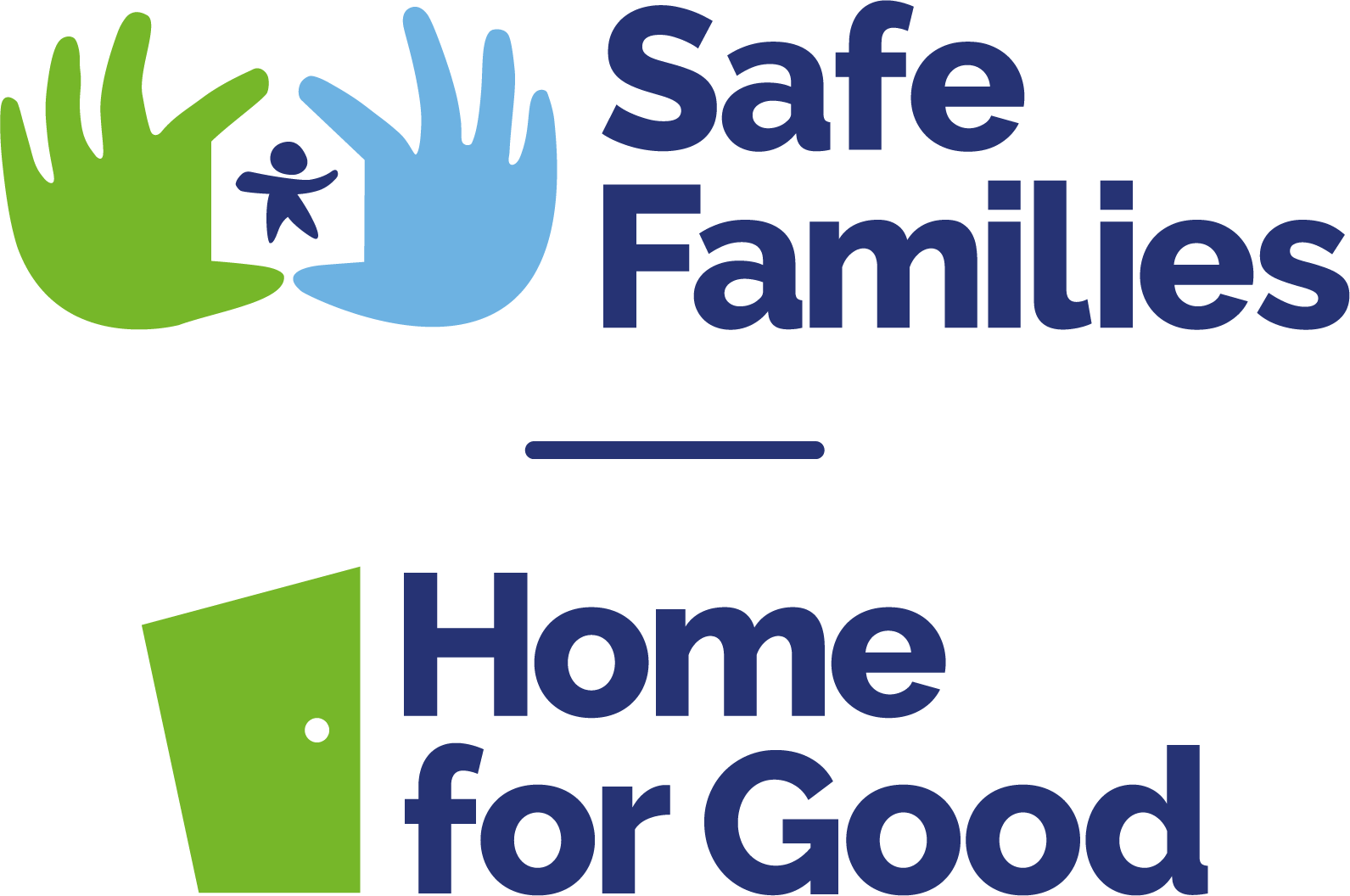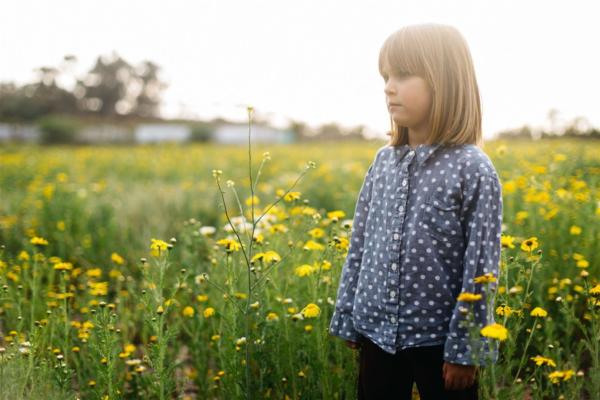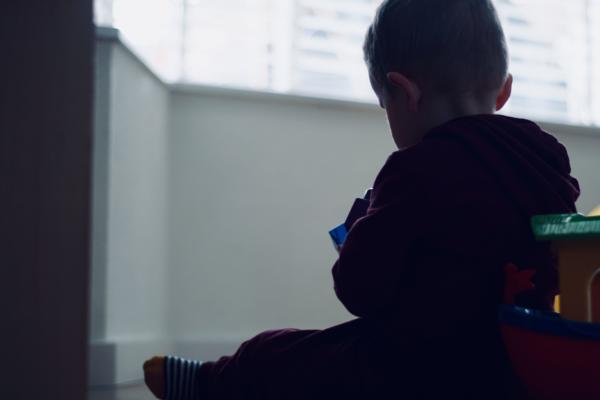‘Children do what you do, not what you say’.
I heard this a long time ago, and strongly believe it is true. With this in mind, how do we build securely attached resilient children, and model resilience for the children in our care? As an adoptive parent of teen boy and girl, understanding attachment and resilience has been vital for me.
There are two aspects to resilience:
1 How well people bounce back from adversity, and
2. Do people continue forward in the face of adversity?
(Reich et al, 2010)
For most children, the route to increased resilience lies in the quality of relationships. Resilience is built by relationships, so children need a secure attachment to their primary carer first, before work on building resilience can start.
Attachment is a huge subject, but so vital to understand. Read this article for a basic introduction to attachment, and I would also recommend reading anything by Kate Cairns, who writes so wonderfully about attachment for children who have experienced trauma.
I’m also a firm believer in Theraplay, which is a great way to build attachment. Many of the activities can be done at home too.
Two of the most significant things I have learned as a parent of adopted children are:
- Eye-contact is key for building attachment
- Love is a ‘doing’ word
Our children need to ‘see’ us loving them; they cannot access the emotion until they feel safe (securely attached), and we can build that safety for them by ‘doing’ love.
A phrase that works well for me is ‘nurture ahead’. When our children were at primary school, I would meet them at the end of the day. My boy would revert to pre-verbal and point to his mouth (if you are familiar with Simon’s cat, that!) just as I presented him with a cheese and marmite sandwich.
Many of our children will have been irregularly or inconsistently fed, before they came to us, so this is one way we can ‘do’ love. By routinely meeting their needs before they are articulated, we are showing that we can reliably nurture them.
As our children become securely attached, we can begin to seek to build their resilience. Spend time with them, exploring their interests and identifying their strengths – for our children, this is martial arts and horse-riding. Through things like this, they can build capability and competence, which will increase resilience, and also be part of a group with shared interests and values.
But as I said, children are much more inclined to do and learn from what they see us doing. So how can we, as adults, build our resilience, and model this for our children?
The phrase, ‘it takes a village to raise a child’ is often used. This is our opportunity to build a village, to foster relationships with peers and adults who value our children, engage with them, and expect them to contribute.
So firstly, a strong network of people who are supportive and loving is key. The wider the diversity of the network is also important; a range of different ages, ethnicity, class and gender. This network can be ‘in person’ or virtual, such as via social media.
Secondly, by doing more of what engages us and makes us happy. We may not have the time or opportunities for this in the same way we did before we became parents or carers, but modelling self-care and self-worth are important aspects in building our children’s resilience, so we need to do what we can to find ways to make this achievable.
If we can include our children, they also benefit from the activity, relationship building, and increase their sense of belonging and significance. I love gardening, so my children ‘help’ me by mowing the lawn (with a push mower). I get to ‘play’, they get to help, and we spend productive time together.
Attachment and resilience are not fixed points – thankfully they can be built on. Consistently doing this will help our children, and gives us a stronger relationship with them. But we need our ‘village’ too. Our church family are part of that, and here are some ways the church family can help.
How your church can apply this:
- Notice the children. The stewards at our church have shaken our children’s hands and said ‘good morning’ to them since they were primary-school age.
- Involve the children. Our Sunday School is on the refreshments rota, so once a month, our children serve hot drinks, and help wash and tidy up.
- Pray for adopted and fostered children and their families.
- Ask how you can help their parents or carers. This may be a cup of tea mid-week, prayer, or practical support.
- Be specific when talking to children. A broad question like ‘can you help me?’ opens up a yawning cavern of endless and scary possibilities, so replace it with the clear explanation ‘can you help me put the tables away?’
- Use inclusive and accessible language in sermons, prayers and talks. One of my favourite worship songs has the line, ‘now I am your son’, which has been replaced in our church with ‘now I am your child’. It’s a small change, but ensures that nobody feels excluded.
- Be aware of what visuals your church uses; reflect diversity and inclusiveness. If you use photos of your church family, make sure you are not breaching any safeguarding concerns.
- Talk to the children, ask them what their favourite thing they did that week was. The church family is part of the village that we know it takes to raise a child. Many parents or carers may have a limited support network compared to families with birth children. They, or the children, may not originate in the area they are now in. Be the village. Relationships are key to repairing trauma, building attachment and resilience.
- A final thought: children grow up. There may also be adults in your church family with experience of care, fostering or adoption. Many families choose to be open about parenting adopted children, but this has not been the experience for previous generations. There may be adults in your church carrying hurt and sadness from their early experiences. A higher authority says, ‘Love your neighbour as yourself’. Do that!











